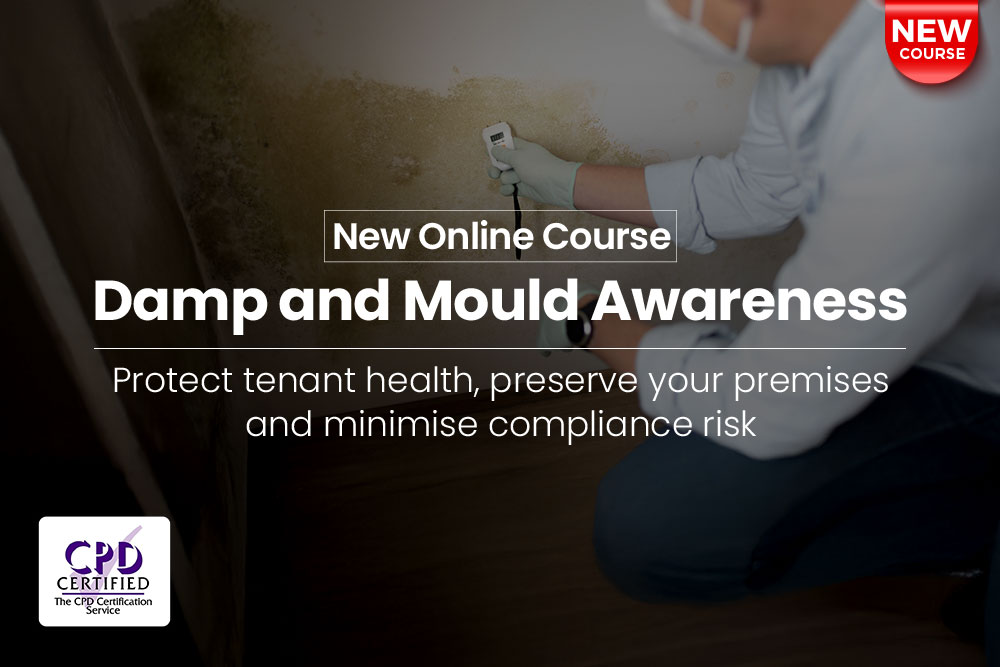
As an employer, business owner or a self-employed person you have a legal duty to provide a safe workplace for anyone that may be affected by the work you do. At the heart of this obligation is the risk assessment process.
Conducting suitable and sufficient risk assessments will ensure that your work areas are safe and your staff are protected. It will also protect the organisation from costly accidents, claims and fines. This article explains exactly what the five steps in risk assessment are, how to go about them and why they’re so important.
What is the Purpose of a Risk Assessment?
A risk assessment is nothing more than a careful analysis of anything that could possibly cause harm. Let’s consider how this works.
Imagine you’re walking through a dark room. Suddenly, your foot hits an obstacle and you trip and fall. What if all that needed to be done to avoid this accident was for you to turn on the light? That way, you could have seen the obstacle and removed it before you walked through the room.
A risk assessment works in the same way as the light. It shines on potential sources of harm, which then allows you to develop practical, effective measures to eliminate or reduce the risks.
Health and safety risk assessments are an essential process that every employer, business owner or self-employed person in the UK must implement. This obligation is important for the safety of your team and your customers and is also required of you by law.
Your Legal Obligations
The two most important pieces of health and safety law in the UK both outline the requirement to conduct risk assessments. These are:
The Health and Safety at Work etc. Act 1974 – which is the main piece of legislation pertaining to health and safety in the workplace. It states that ‘It shall be the duty of every employer to ensure, so far as is reasonably practicable, the health, safety and welfare at work of all his employees.’ This stipulation is also applicable to self-employed persons.
The Management of Health and Safety at Work Regulations 1999 – which further expands on the duties outlined in the Health and Safety at Work Act 1974. Regulation 3 (1) and (2) state that employers and self-employed people must ‘make a suitable and sufficient assessment of—
(a)the risks to the health and safety of his employees to which they are exposed whilst they are at work; and
(b)the risks to the health and safety of persons not in his employment arising out of or in connection with the conduct by him of his undertaking’.
The Five Steps in Risk Assessment
If you own or run a business, then one of your foremost responsibilities is to ensure you conduct health and safety risk assessments that comply with the above legislation. To do so, you must follow the five steps in risk assessment.
Step One: Identify Any Risks in the Workplace
The very first step in the risk assessment process is to identify any hazards in the workplace. This involves assessing the workplace environment, equipment, substances used, activities and people and asking the question: What could go wrong?
For instance, is the workplace free of tripping hazards and are your employees required to complete manual handling tasks?
List out all potential hazards systematically. Sources of information include equipment manufacturer’s documentation, instruction manuals, safety data sheets (SDS) for hazardous substances and speaking to the employees themselves. They are often most aware of what could potentially harm them.
It’s also useful to check information from bodies in your sector about potential hazards and anything else available such as government guidance.

Step Two: Identify Who May Be Harmed and How
When you’ve compiled a detailed list of all risks in the workplace you need to decide who may be harmed by them and the extent of any potential harm. Judge each risk by the likelihood of it occurring and identify who is most at risk of being harmed.
People at risk can include employees, visitors, contractors or members of the general public. Be sure to consider any particularly vulnerable people, such as young children, the elderly or people with disabilities.
Step Three: Assess, Eliminate, or Control the Risks
The next step is to assess the severity of each risk and determine if any actions can be taken to control the hazard. Health and safety legislation stipulate that efforts should be made to eliminate or reduce risk ‘so far as is reasonably practicable.’
This means that as a first option you should always strive to eliminate the risk completely. For instance, if employees are at risk from exposure to hazardous cleaning chemicals, is it possible to eliminate those chemicals by replacing them with a harmless water-based solution?
If this isn’t possible, you should seek ways to apply control measures proportionate to the level of risk. Hazards that carry a higher level of risk will require more involved control measures than low-risk hazards.
Ways that you can reduce or eliminate risk in the workplace include:
- Getting rid of a task to eliminate risk entirely
- Reorganising your working procedures
- Using different types of substances
- Upgrading work equipment or machinery
- Providing personal protective equipment (PPE)
- Redesigning work areas, for example, installing more ventilation
- Providing staff with health and safety training
- Storing hazardous substances more securely
- Securing high-risk areas
- Increasing safety signage in the workplace
- Rearranging the layout of working areas
- Implementing better housekeeping and cleaning procedures
Step Four: Record All Findings
The next step in the risk assessment process is to record all your findings and detail what control measures have been put in place. This is a legal requirement for businesses with more than five employees.
If you have fewer than five employees, it’s still a good idea to record the findings of your risk assessment as this can assist with the review process.
The record of your risk assessment can be kept in digital or paper form or both. It’s advisable to keep your records for a minimum of five years. A written record can also be used to protect your business from legal action. If your business is investigated by the Health and Safety Executive (HSE), or a case is brought against you by an employee or member of the public, then you may be required by law to produce copies of previous risk assessments.
Step Five: Review the Risk Assessment
Lastly, you’re required by law to regularly review the completed risk assessment and update safety or working procedures if required. It should be noted that health and safety legislation does not stipulate an exact time frame for when a risk assessment should be reviewed. It’s recommended that you review your risk assessment at least once every 12 months.
You also need to review a risk assessment if:
- There are changes to the work environment
- There are changes to your work processes
- The number of employees changes
- An employee reports that they do not feel the risk assessment is sufficient
- You suspect that the risk assessment may be out of date
Risk Assessment Training
The law states that the ‘responsible person’ is required to complete a risk assessment or ensure that they are conducted properly. The ‘responsible person’ is designated as the business owner, property owner, or self-employed person, but it can also be a manager, supervisor, employee or third-party contractor. This is known as a ‘competent person.’
To be deemed competent, a person must have received training in how to conduct a risk assessment. Please note, the legal responsibility for the risk assessment always remains with the responsible person.
We offer a variety of Risk Assessment Training courses which will help to ensure that you and your people have the skills to conduct health and safety risk assessments. The training is available online and can be taken in one sitting or in segments. The courses run for approximately 45 minutes and are aaaured by the International Institute of Risk and Safety Management (IIRSM).






















































































































































































































































































































































































































































































































































































































































































































































